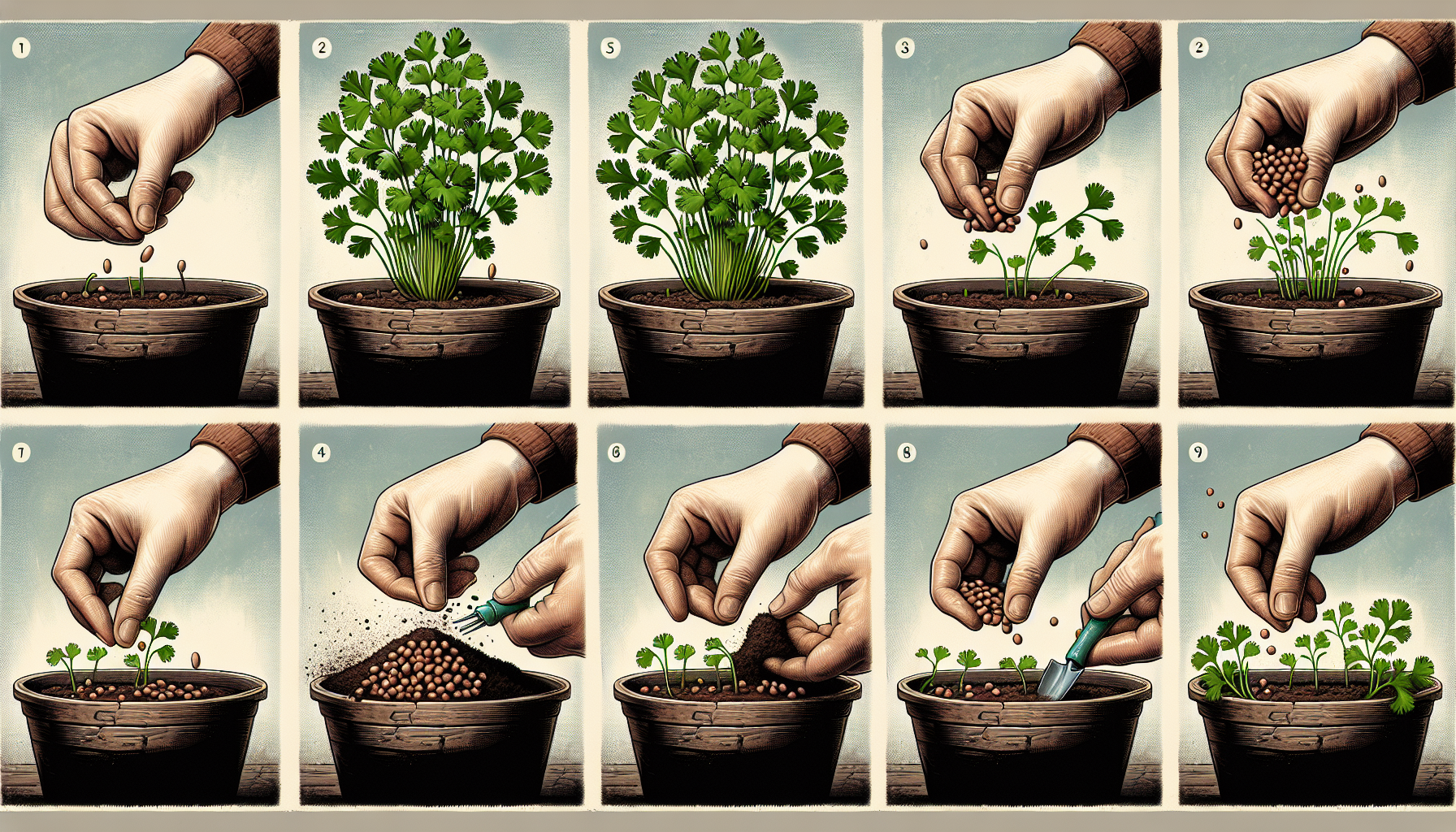
how do you plant cilantro seeds
How Do You Plant Cilantro Seeds?
Cilantro is a versatile and flavorful herb used in cuisines around the world. Growing cilantro from seeds is not only rewarding but also ensures you have a fresh supply of this aromatic herb at your fingertips. Whether you’re a seasoned gardener or a beginner, planting cilantro seeds is straightforward with the right guidance. Here’s a step-by-step guide to help you get started.
Step 1: Choose the Right Location
Cilantro thrives in full sun but can tolerate partial shade, especially in hot climates. Select a location in your garden or a container that receives at least 4–6 hours of sunlight daily. If you’re planting indoors, a sunny windowsill or grow light will work well.
Step 2: Prepare the Soil
Cilantro prefers well-draining soil that is rich in organic matter. Use loamy soil with a pH of 6.2 to 6.8 for best results. If planting in a container, ensure it has drainage holes to prevent waterlogging.
Step 3: Soak the Seeds (Optional)
Soaking cilantro seeds in water for 12–24 hours before planting can speed up germination. This step is optional but can be helpful if you’re eager to see results quickly.
Step 4: Plant the Seeds
Plant cilantro seeds directly in the soil, as the herb doesn’t transplant well due to its delicate roots. Sow the seeds about 1/4 inch deep and space them 6–8 inches apart. If you’re planting in rows, leave about 12 inches between each row.
Step 5: Water and Care
Keep the soil consistently moist but not waterlogged. Water gently to avoid displacing the seeds. Once the seedlings emerge, thin them out so the strongest plants remain. Mulching around the plants can help retain soil moisture and prevent weeds.
Step 6: Harvesting Cilantro
Cilantro is ready to harvest within 3–4 weeks of planting. Snip the outer leaves first, allowing the inner leaves to continue growing. For a continuous supply, plant new seeds every 2–3 weeks.
Tips for Success
- Avoid planting cilantro during the hottest months, as it tends to bolt (go to seed) quickly in high temperatures.
- If the plant bolts, don’t discard it! The seeds it produces are coriander, another useful spice.
- Consider companion planting cilantro with vegetables like tomatoes and peppers, as it can help deter pests.
Conclusion
Planting cilantro seeds is a simple and rewarding gardening project. With just a little care and attention, you’ll have a fresh supply of this flavorful herb to enhance your favorite dishes. Whether you grow it in your garden or a container, cilantro is a wonderful addition to any herb collection.
Happy gardening! If you found this guide helpful, check out our gardening tips for more advice on growing herbs and vegetables.